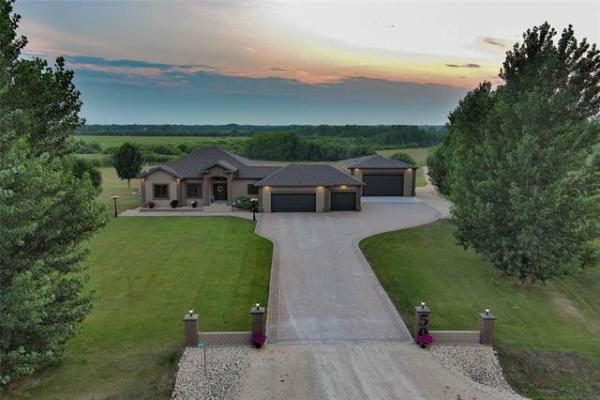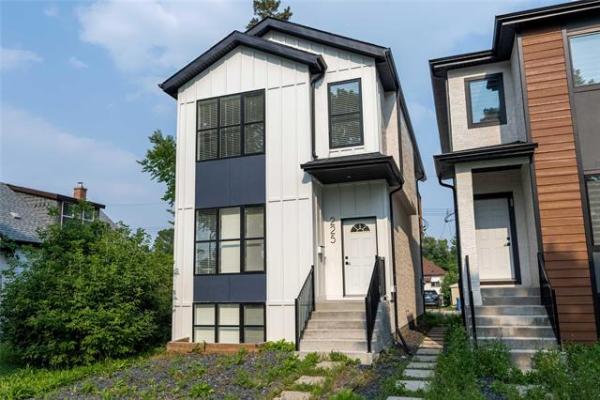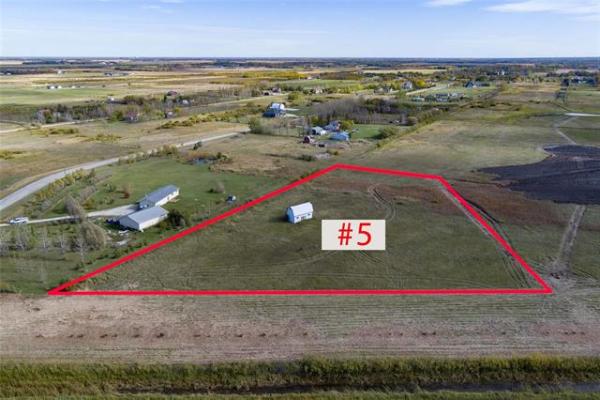QUESTION: I live in a 26-year-old home with a sump pit and pump. The pump has been replaced once, but apart from that, the system has worked well every spring melt and rainstorm. In spring 2011, the pump went off only once. It was a very dry summer, but we checked the pump by filling the pit with a hose. The pump then worked fine. It has not gone off once since then and we have had some water entering the basement walls in storms.
My question is what other components of our drainage system should be checked, and by which type of professional? I am wondering if we should be concerned at all.
Thank you. Pat Lumsden
ANSWER: A sump pit and pump in a home of your age is an essential component, often overlooked or ignored. You are to be commended for being concerned about proper operation and I will try to provide additional guidance for proper use and maintenance.
While it is normally operational for a good portion of the spring and into summer, last year, the weather was so dry many pumps remained fairly quiet once the runoff from the melting snow disappeared. This continued into this spring due to the relatively light snowfall this past winter combined with the incredibly mild weather. Much of the snow cover melted and soaked into the parched soil during several heat waves early in the year. Because of this unusual phenomenon, I have seen many dry sump pits during the course of typical inspections this spring. I cannot remember seeing this many dry or almost-dry pits and it is undoubtedly due to the lack of moisture in the soil.
With that in mind, I would have said you have little to be worried about if your sump pump does not run sporadically now, except for your admission of seepage during the few storms last year. It would make sense that rain should not be able to enter your basement if the soil is very dry, without even enough water to activate the sump pump. If that were the case, it would follow there may be something wrong with the weeping-tile system if the pump easily activated when you partially filled the sump. There should be a relatively easy way to check if there is any significant blockage or damage to the drainage tile, but its necessity is questionable.
Most rooter technicians and many plumbers have equipment that can enter underground sewage pipes to remove debris such as soil or tree roots that may plug the lines. They also may have similar equipment that has the capability of videotaping the inside of these pipes as the snake enters. This can be very helpful in finding problems or damage within sewer pipes, but can also be used for your weeping-tile system. If you have not seen the pump engage on its own during or after the recent heavy rain, then further evaluation may be in order. Especially if you have had more water enter your basement in this recent wet weather, the video inspection is a good idea.
If the sump has begun to operate more normally, or if the seepage has stopped, then little more may be required. Even if the same thing is still occurring, there could be another explanation. There is a chance the soil around your home has become so dry that it has shrunk away from the foundation enough to leave a small gap. This gap could be allowing rainwater to run down the outside of the foundation, rather than being absorbed by the parched, hard soil near the surface. Deeper down, the soil may not be as dry and should easily absorb any moisture that penetrates the upper layers, preventing it from reaching the weeping tiles. If this is happening, some of the water running down the foundation walls may be forcing its way through small cracks or rusted snap ties into the basement. This is a strong possibility, as I have seen dozens of homes in the last year, including my own, where the soil has shrunk enough to leave gaps along the foundation.
The first thing to try, if you see a noticeable gap around the foundation or badly eroded soil, is slowly adding water to the soil directly around the home. Watering the lawn in this area for several minutes every day for a week or so may alleviate the worst symptoms of this problem. If the damp soil expands to fill the gap and you don't see any evidence of new moisture in your basement, only regular seasonal watering of the lawn may be required to prevent a reoccurrence. If the gap closes but the soil is significantly lower than previously, spreading new topsoil and seed to return it to the original height will help things get back to normal. Also, regular watering of the rest of the soil in your yard, until normal precipitation levels return, will help the soil absorb heavy rain when it does come.
Any time water is seen entering a foundation, which occurs in most homes over time, further evaluation and action is warranted. Often, minor items like improvements to grading and soil around the home or cleaning eavestroughs will prevent further problems. I would guess your slight seepage and dry sump could be alleviated by a few improvements in these areas. Video inspection of the entire weeping-tile system by a plumber or rooter technician should yield an answer if the straightforward maintenance doesn't help the issue.
Ari Marantz is the owner of Trained Eye Home Inspection Ltd. and the president of the Canadian Association of Home & Property Inspectors -- Manitoba (www.cahpi.mb.ca). Questions can be emailed to the address below. Ari can be reached at (204) 291-5358 or check out his website at www.trainedeye.ca.
trainedeye@iname.com



